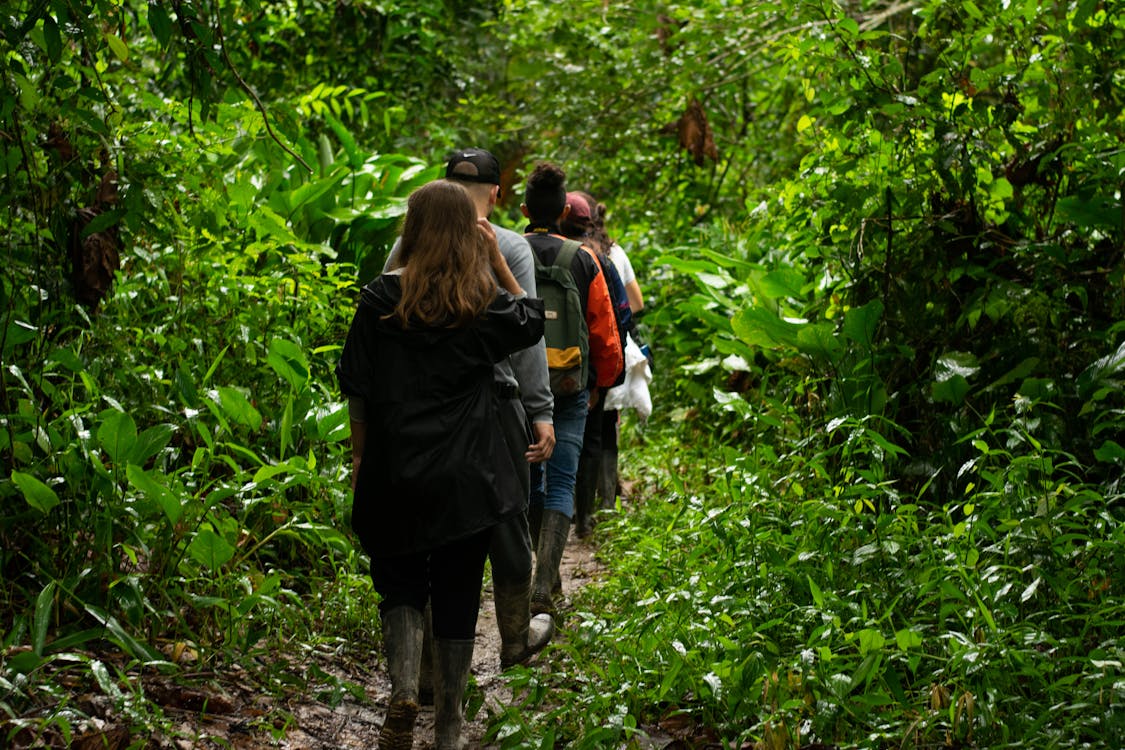An ancestral tradition endures among the Sateré-Mawé, an indigenous community that inhabits the depths of the Amazon rainforest in Brazil. It is known as the tucandeira ant ritual, a rite of passage that represents a physical and spiritual challenge for young men transitioning into adulthood.
In recent years, it has also become an experience that intrigues visitors and tourists. If an Amazonian adventure is calling you for your next trip, you can’t miss this tradition. Tangol offers several Amazon excursions that include a visit to this community and, optionally, participation in the tucandeira ritual.
What is the Tucandeira Ritual in Brazil?
The Paraponera clavata ants can grow up to 2.5 cm in length. Their sting is one of the most painful in the world, as they release a neurotoxin that causes intense and prolonged pain. The sensation is often described as "similar to being shot."
Young Sateré-Mawé boys are initiated between the ages of eight and ten. To undergo the ritual, they must give their consent, and the ceremony is then conducted by the community’s spiritual leaders.
Participants must wear gloves woven from leaves, which contain several tucandeira ants inside. Their hands remain in the gloves for about 10 minutes, enduring the stings as a test of courage and resilience.
For the Sateré-Mawé, this ceremony not only represents the transition to adulthood but also a commitment to their community and a deep respect for nature. It is believed that the pain teaches lessons of perseverance and humility, essential attributes for facing the challenges of adult life.
Although the sting is rarely fatal, it can cause severe allergic reactions in some people, and the pain can last up to 24 hours. Additionally, the neurotoxin often triggers immediate symptoms such as swelling, tremors, and nausea.
The tucandeira ant sting ranks highest on the Schmidt Sting Pain Index for insect stings. Despite their fearsome reputation, these ants are generally peaceful and only attack when they feel threatened.

What Does the Tucandeira Ant Ritual Symbolize?
The glove filled with tucandeira ants is not just a test of endurance but also a link to the spiritual values of the community. For the Sateré-Mawé, the ants represent the strength of the rainforest, and enduring their sting symbolizes the power to overcome adversity. Moreover, the ritual reaffirms the participants' connection to their culture and their role within the tribe.
On the other hand, some indigenous cultures use these ants for medicinal purposes, such as therapy for chronic pain, harnessing their venom in controlled ways.
Context of the Ritual
The ritual does not have a fixed date and is performed according to the criteria and dynamics of each community. It often coincides with significant events, such as the participants' entry into adolescence or major tribal celebrations. Additionally, it is repeated multiple times throughout an individual’s life to reaffirm their commitment and strength.
Today, some communities organize these ceremonies to share them with visitors interested in their culture. This allows the communities to preserve their traditions while generating income that contributes to their development.
Currently, there are no specific prohibitions by the authorities of Manaus or the Brazilian government that prevent the performance of this ritual. This is mainly because the Brazilian Federal Constitution recognizes and protects the cultural rights of indigenous peoples, including their rituals and traditions.
An Unforgettable Experience: Amazon Excursion and the Tucandeira Ritual
One of Tangol’s tourist excursions to Manaus includes the opportunity to venture into the Amazon rainforest and take part in this unique experience. The Tucandeira Ritual tour in Brazil includes:
- Transfers from Manaus to the region where the Sateré-Mawé community resides.
- An introduction to the culture, traditions, and context of the ritual.
- The chance to observe the ritual process up close, with guided explanations by local experts.
- Respectful interactions with community members, ensuring the encounter is enriching and non-intrusive.
While the tucandeira ritual is a fascinating testament to human resilience and cultural richness, it also raises a debate about how to share these traditions without diluting their essence. That’s why the tour is designed with respect for the traditions and integrity of the community.
In a world where many indigenous traditions face the risk of disappearing, rituals like this remind us of the importance of valuing and protecting cultural diversity. Whether as an observer or a participant, approaching the tucandeira ritual is an experience that leaves a profound mark.